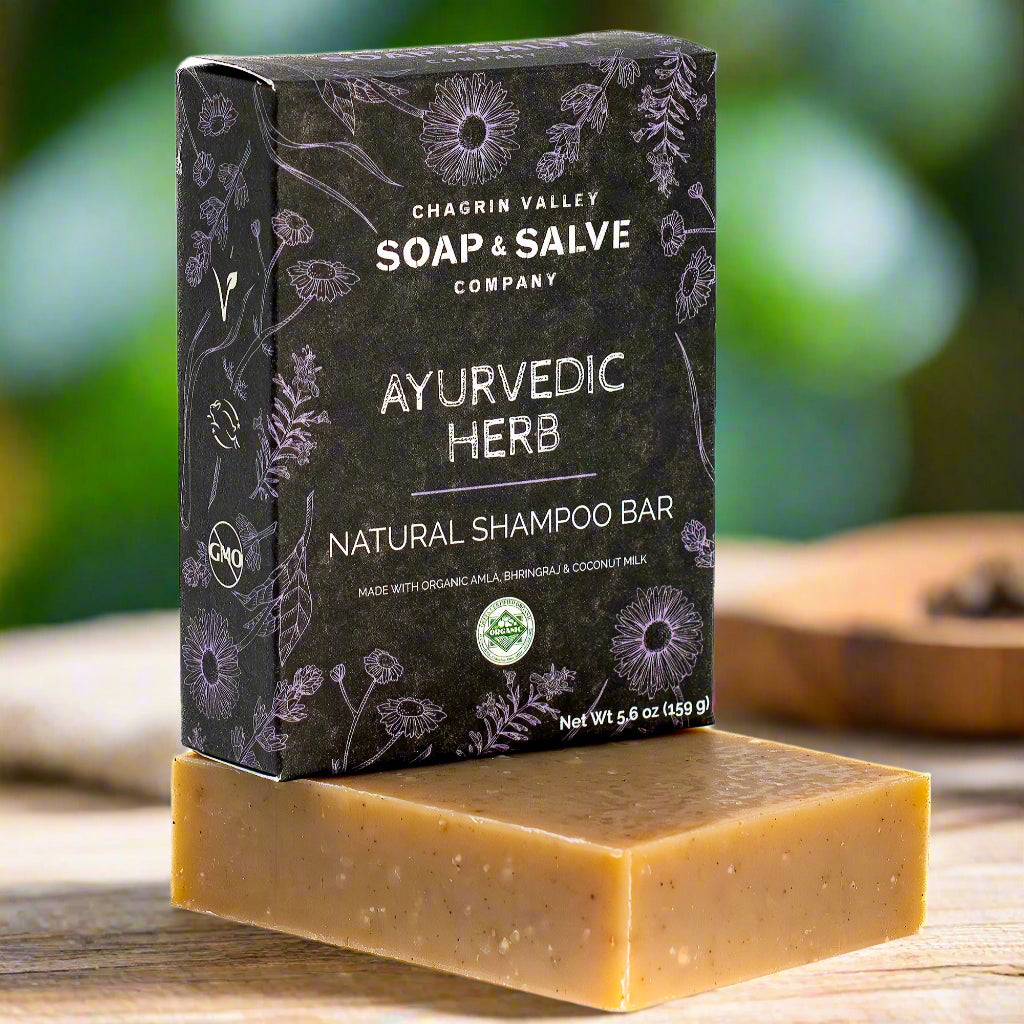When we make our cold-processed handmade sodium hydroxide (lye) is mixed with water or another water-based liquid.
This lye water reacts with fats (the plant oils and butters) to create soap in a natural chemical reaction called saponification.
When saponification is complete, the lye and oil molecules have combined and chemically changed into soap and glycerin. If the soap is made properly, ALL of the lye is used up in the saponification process and there is no lye present in the finished bars of soap or shampoo.
All real soap is made with lye. No lye--no soap. Any skin or hair cleansing product made without sodium hydroxide is not soap, it is a detergent.
What Is Lye?
Old-fashioned lye was made using hardwood ashes, a barrel or ash hopper, and rainwater. By allowing the wood ashes to seep in water, a lye-type solution was formed. This lye solution is also known as potash, or “pot ash” (get it - soaking ashes in a pot). Unfortunately, since there was no standard dilution there was no way to determine if the lye water was the correct strength.
Today's sodium hydroxide is made by breaking down a salt water solution often called brine.

In salt water we have two compounds salt, which is sodium chloride (NaCl) and water (HOH). Using a process called electrolysis, in which an electric current is passed through the salt water, the water is split into hydrogen gas (H) and hydroxide ions (OH-) and the salt into chlorine (Cl) gas and sodium (Na+) ions.
Now the sodium ions (Na+) which are positively charged can combine with the negatively charged hydroxide (OH-) ions to form NaOH. Voila! You made sodium hydroxide made from simple salt water.

"Is There Lye In Natural Soap? Won't It Harm My Skin?" Learn more about the Chemistry of Soapmaking in our blog








